IMCA publishes guidelines on the use of GNSS for tide calculations
The International Marine Contractors Association’s (IMCA) newly published ‘Guidelines on the use of GNSS for tide calculations’ (IMCA S 027) provides an overview of how Global Navigation Satellite Systems (GNSS) can assist in more accurate real-time direct measurement of tidal changes.
As Nick Hough, …
National security missions for the Australian DoD supported by Maxar
Maxar Technologies has delivered 3D data products and high-resolution satellite imagery to the Australian Department of Defence under recent multi-million-dollar contracts.
Maxar’s 3D data suite enhances situational awareness and decision-making for military applications. The 3D data suite includes a 3D Surface Model, which provides a high-fidelity, positionally …

From times immemorial, the cities, agriculture and culture evolved along the rivers. Among various Delhi’s, Shahjahanabad (17th Century), was built along the river Yamuna, a 1370 km long river emanating from the Himalayas and merging into the River Ganga at Prayag. However, with indiscriminate urbanisation River Yamuna in Delhi…

The objective of this article is to share the knowledge of alternative way of geoid determination with incorporating a high resolution GGM, terrain and GPS/levelling data
Dr H M I Prasanna
Senior Lecturer, Faculty of Geomatics, Sabaragamuwa University of Sri Lanka, P.O. Box 02, Belihuloya, 70140, Sri Lanka
Development of GGMs
With the advent of new gravity dedicated satellite …

The paper describes a method for improving the coordinates of hydrological stations using the GNSS. Traditional methods of determining the coordinates of level posts are analyzed in this work. The requirements for the accuracy and installation of geodetic points of level posts are given. A scheme of the GNSS network of the coastal zone…

The Australian Height Datum (AHD) is Australia’s first and only legal vertical datum, celebrating its 50th anniversary this year. The adjustment of the Australian National Levelling Network (ANLN) in May 1971 provided, for the first time, a nationwide network of physical AHD heights (Roelse et al., 1975).
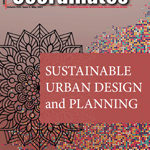
Volume XVII, Issue 5, May 2021
Assessment of GNSS-based systems for railways safety
Ernst Phillip Mrohs, Sravan Machiraju and Matthias Aichinger-Rosenberger
Australian Height Datum: Celebrating 50 years
Volker Janssen and Simon McElroy
Alexander’s wholeness as the scientific foundation of sustainable urban design and planning
Bin Jiang
My Coordinates
EDITORIAL
News
INDUSTRY | GNSS | GIS | UAV | IMAGING | LBS
Advertisers in this Issue :
GPSat …
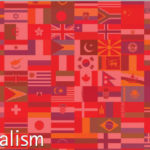
As the Covid-19 virus keep surging again and again,
The world rushes to get vaccinated.
And some saw and see opportunities in many ways,
There are many, who contributed to the crisis,
There are few who rival for credits and occupying market share.
Hence, my vaccine is better than yours!
Though the debate is understandable …
S Korea develops autonomous UAV navigation technology
Agency for Defense Development (ADD) controlled by the Defense Ministry, South Korea, through a four-year project, has developed an autonomous navigation technology for drones. The technology allows UAVs to autonomously set an optimized and safe path to their destination. It uses a sensor to collect external information and …
Hexagon partnerships with Fatigue Science
Hexagon’s Mining division has partnered with Fatigue Science, a leader in fatigue and performance predictive analytics and fatigue management information systems. Combined with its real-time operator alertness and collision avoidance solutions, Hexagon will now be able to help customers further protect and optimize their people and equipment with Fatigue Science’s …



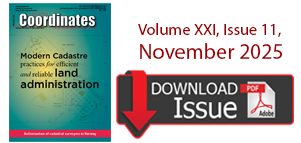

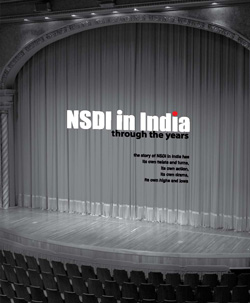
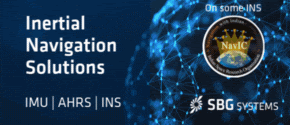



 (5.00 out of 5)
(5.00 out of 5)